The Bihar election is over. And voters have given a resounding vote of confidence to the National Democratic Alliance (NDA) led by the Janata Dal (United) (JD(U)) of Nitish Kumar. The NDA currently has over 202 seats, a massive 80-seat increase from its previous term. The BJP, meanwhile, has emerged as the single-largest party in the state.
The Mahagathbandhan, meanwhile, is in tatters with a terrible performance from the Congress, which has won just a handful of seats, dragging the alliance down. Also, the much-hyped debut of Prashant Kishor’s Jan Suraaj fizzled out with the party drawing a blank in its electoral debut.
Catch live updates from the Bihar Assembly election results here
Modi, taking to social media, vowed to “take the state to new heights”.
“Victory of good governance has been achieved. Victory of development has been achieved. Victory of the spirit of public welfare has been achieved. Victory of social justice has been achieved. My deepest gratitude to the family members of Bihar, who have blessed the NDA with a historic and unprecedented victory in the 2025 assembly elections. This resounding public mandate will empower us to serve the people and work with a new resolve for Bihar,” Modi added. “The NDA has ensured all-round development of the state. The people have given us a massive majority after witnessing our track record and our vision to take the state to new heights.”
But what are the big takeaways from the Bihar polls?
Let’s take a closer look.
NDA juggernaut continues
The results began coming in early this morning; the National Democratic Alliance jumped out ahead of the Mahagathbandhan and never looked back. The magic mark of 122 seats in the Assembly was crossed relatively quickly as the BJP and JD(U) built up insurmountable leads. Remember, in the 2020 Bihar polls the NDA won just 125 seats.
The sheer scope of this victory in Bihar, over 200 seats in the 243-seat assembly, will rank next to the NDA’s wins in the 2014 and 2019 Lok Sabha elections as well as the 2024 Maharashtra elections. What’s even more impressive is the strike rate of the polls. The BJP is winning 91 seats at a strike rate of 90 per cent, while the JD(U) is on track to win 80 seats at a strike rate of almost 80 per cent.
These results show that the NDA got its social engineering maths correct. The BJP won the upper-caste votes, while Nitish brought in EBC voters and the LJP and other parties nabbed the OBC votes. With the BJP emerging as the single-largest party, it will be interesting to see how the posts within the NDA government are divided up.
Modi magic remains
The Bihar results also show that the Modi magic remains undiminished with the voters. The fact that the BJP has emerged as the single-largest party is a testament to the strong brand that Modi remains with the public and the trust that the voters have vested in him more than a decade after he came to power at the Centre in 2014.
Modi campaigned incessantly for the Bihar polls and was laser-focused on development. It seems that the ‘double-engine Sarkar’ promise has resonated with voters yet again.
Nitish Kumar remains indefatigable
Leading up to the Bihar elections, many doubted Nitish Kumar. Rumours of his ill health were doing the rounds and some were openly wondering if his time was up. However, Nitish has put paid to all his critics.
Nitish, who first became Chief Minister of Bihar in 2000, is now eyeing a record 10th term at the helm. His ascent truly began in 2005 after the reputation of Bihar had been reduced under the Lalu Yadav regime to ‘Jungle Raaj’.
Since then, Nitish has focused on development and law and order – which has seemingly led voters to reimpose their faith in him one more time. Nitish also rolled out a slew of welfare schemes with special emphasis on women and youth voters including free bicycles and uniforms for girls, and incentives to attend school.
The poll results show that the 74-year-old Nitish remains the tallest leader in the state by far and head and shoulders above all others.
Rise of LJP, Prashant Kishor draws blank
This was in many ways a coming-out party for Chirag Paswan’s LJP (Ram Vilas Paswan), which is ahead in 21 seats. The LJP (RV), which was thus far a fringe player in Bihar politics since its formation in October 2021, is now taking more and more of the spotlight.
Meanwhile, Prashant Kishor’s Jan Suraaj, which was contesting its debut polls, failed to convert any of the hype and attention into reality – much akin to a movie critic directing his debut film. It remains to be seen how the JSP regroups going forward.
Mahagathbandhan in tatters
How badly the Mahagathbandhan fared cannot be understated.
The Grand Alliance is ahead in just 36 seats, a massive downfall when it comes to their 2020 tally of 114. Much of this is down to the performance of the Congress, which is ahead in just six seats in 2025 compared to its tally of 19 in 2020.
This is a shocking performance for a national party and arguably one of its worst-ever poll performances. It seems that Rahul Gandhi’s ‘vote chori’ allegations against the Election Commission of India found no takers in Bihar.
Tejashwi and RJD fall short
However, the RJD will have to take its fair share of the blame with it ahead in just 25 seats, a massive 50-seat fall from 2020. Tejashwi, the son of Lalu Prasad Yadav and his political heir, continues to struggle to step out of his father’s shadow.
Perhaps the cries of a return to ‘Jungle Raaj’ – made by Modi and the other NDA campaigners during the campaign – which so haunted Bihar during the RJD rule under Lalu and Rabri, echoed in the ears of voters.
RJD’s promise of reviewing the liquor ban, providing government jobs, and a Rs 2,500 allowance for women every month also fell short compared to Nitish’s more comprehensive welfare schemes. For Tejashwi Yadav and the RJD, the dream of stepping into the chief minister’s chair remains out of reach for now.
Local remains vocal
Across Bihar, local issues were far more at play than the broad political narratives. It appears that the selection of candidates, caste and welfare systems played a big role, particularly in minority areas.
This resulted in a handful of smaller parties making unexpected gains. As they often say, all politics is indeed local.
With input from agencies


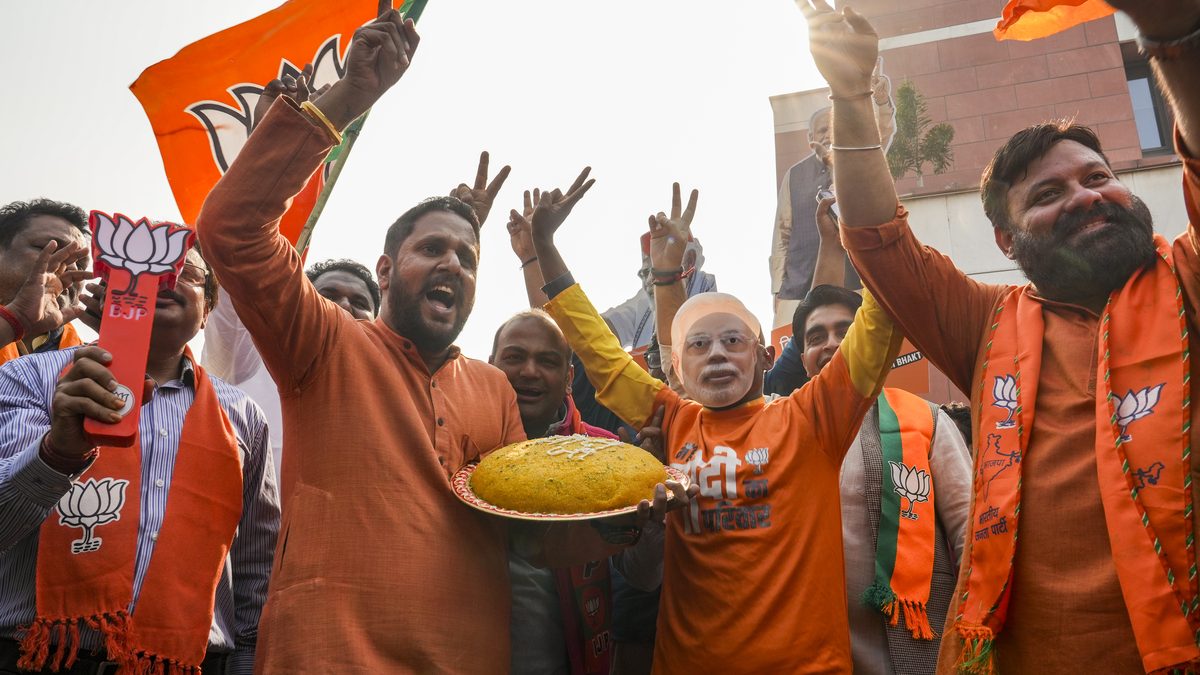)
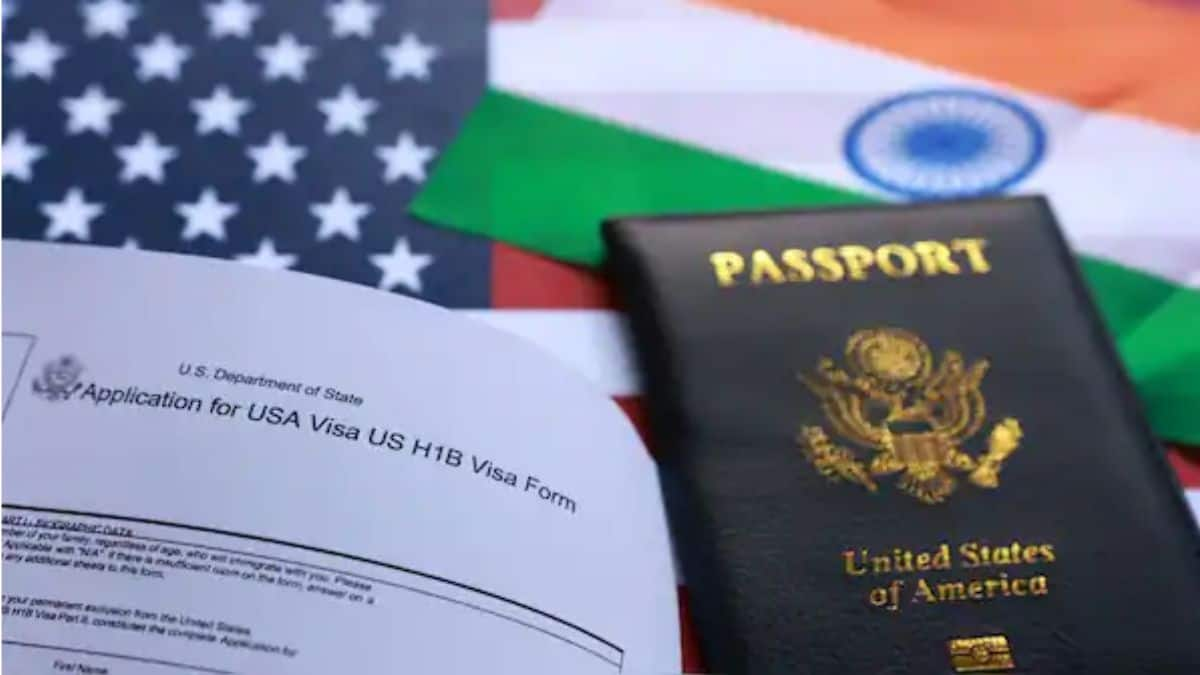
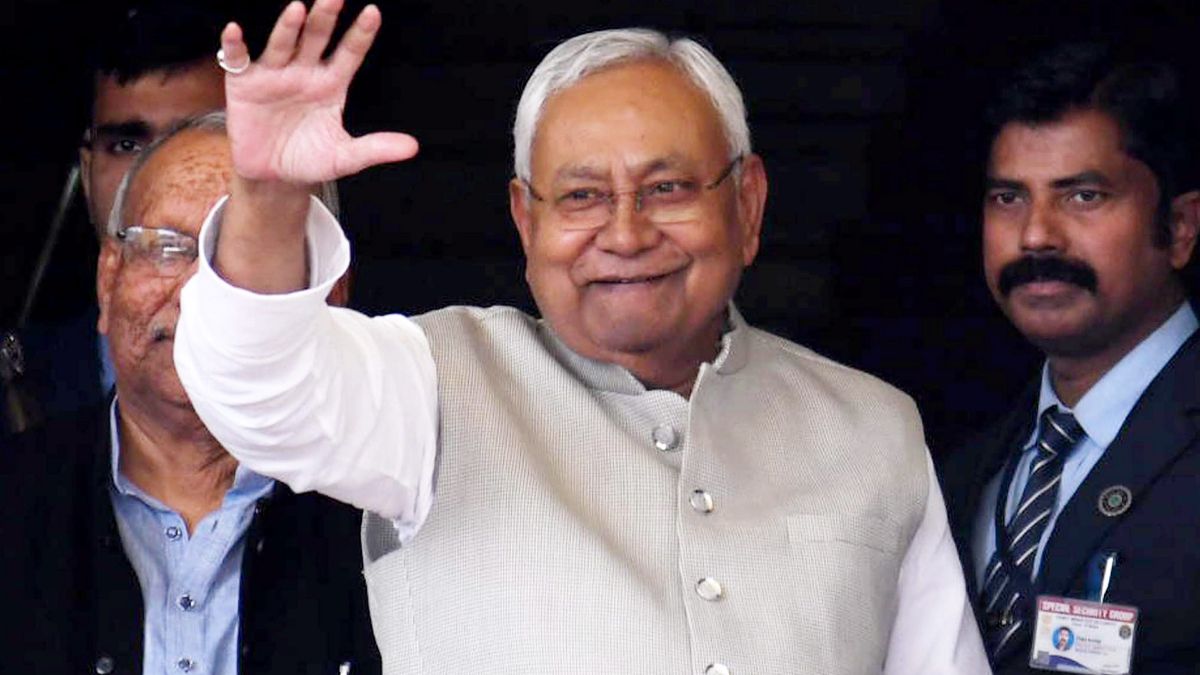)
)
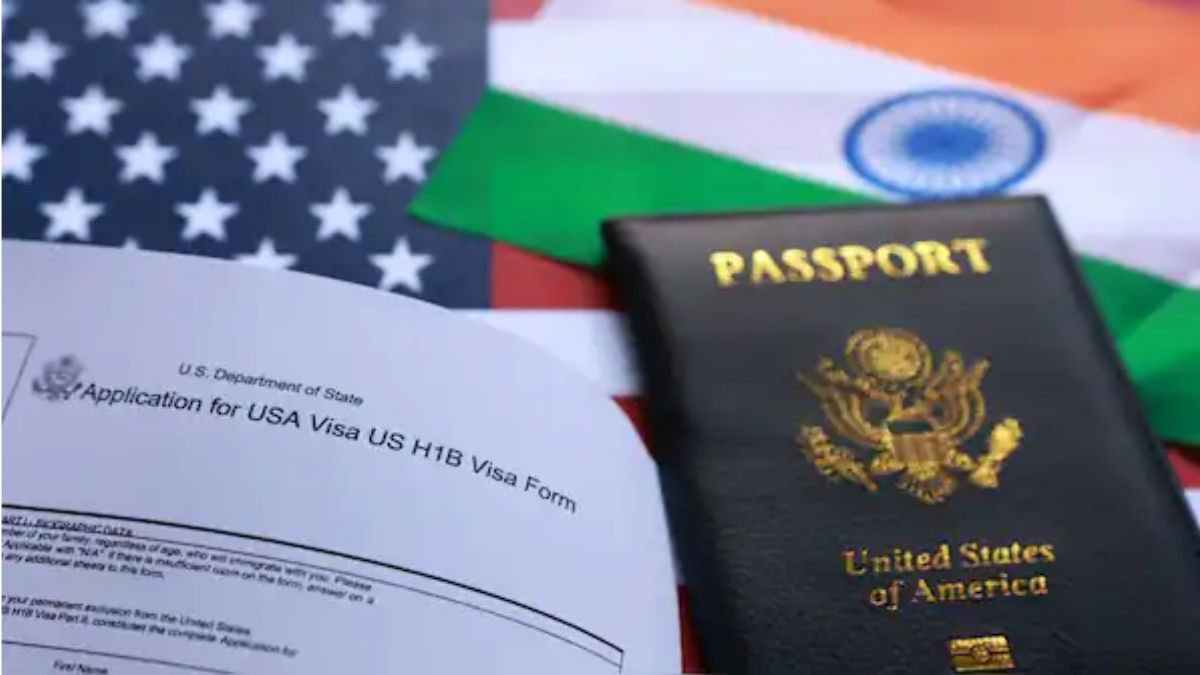)
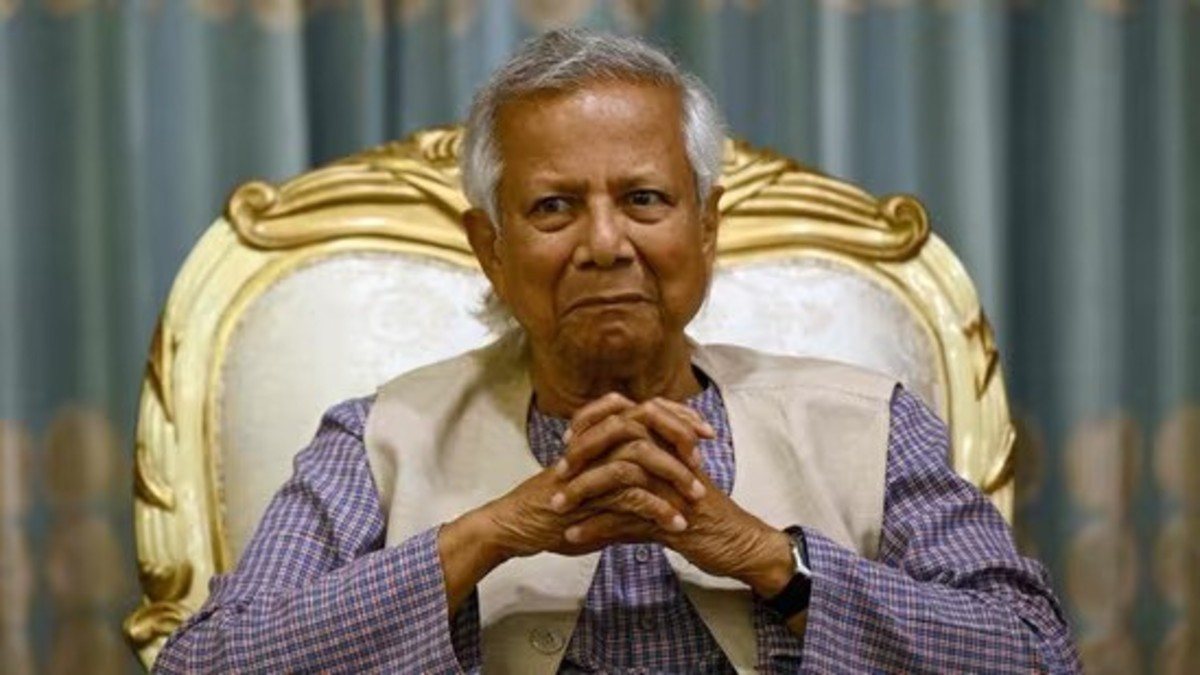)
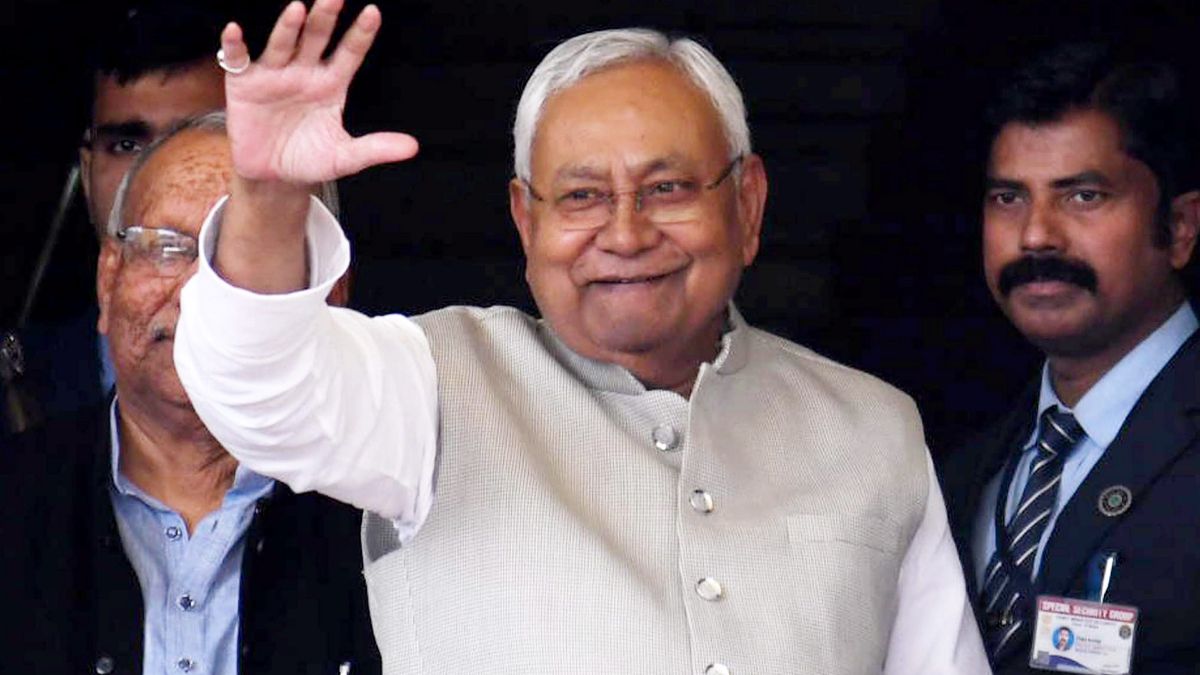)
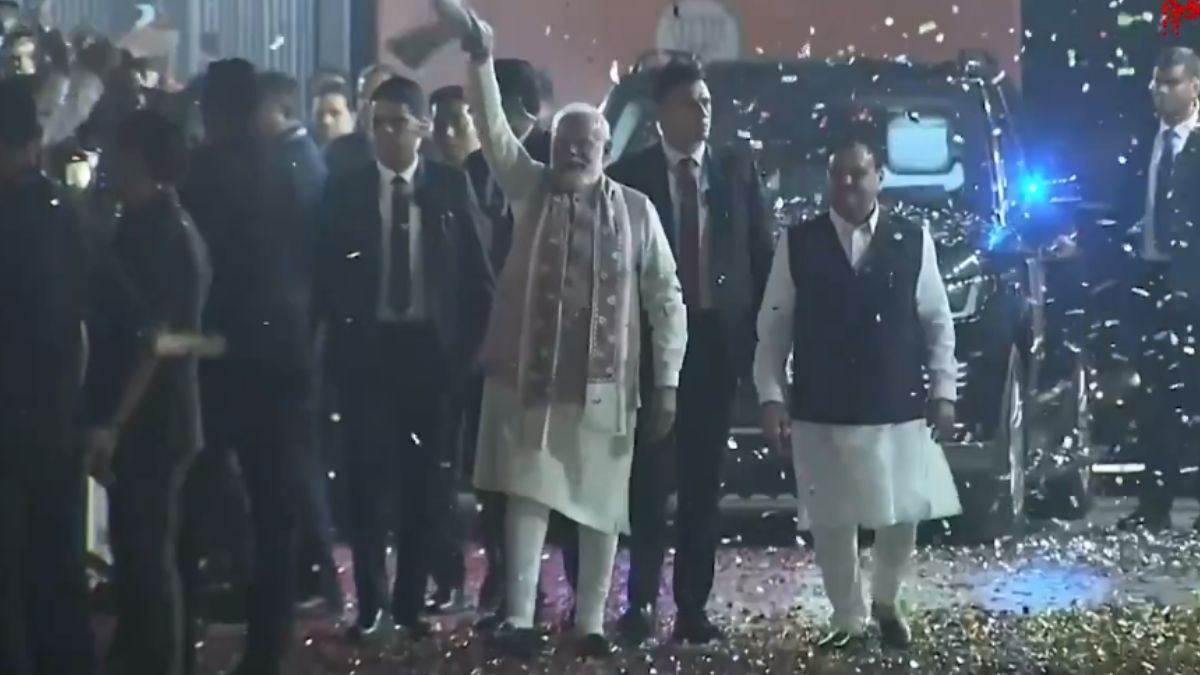)
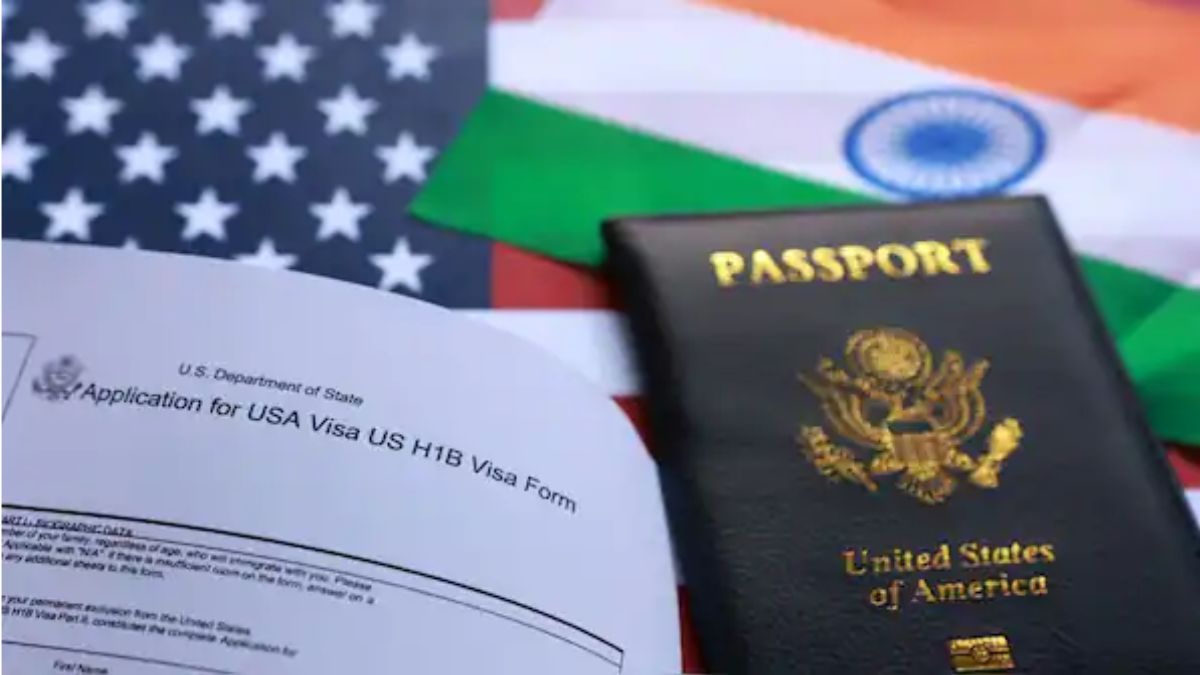)
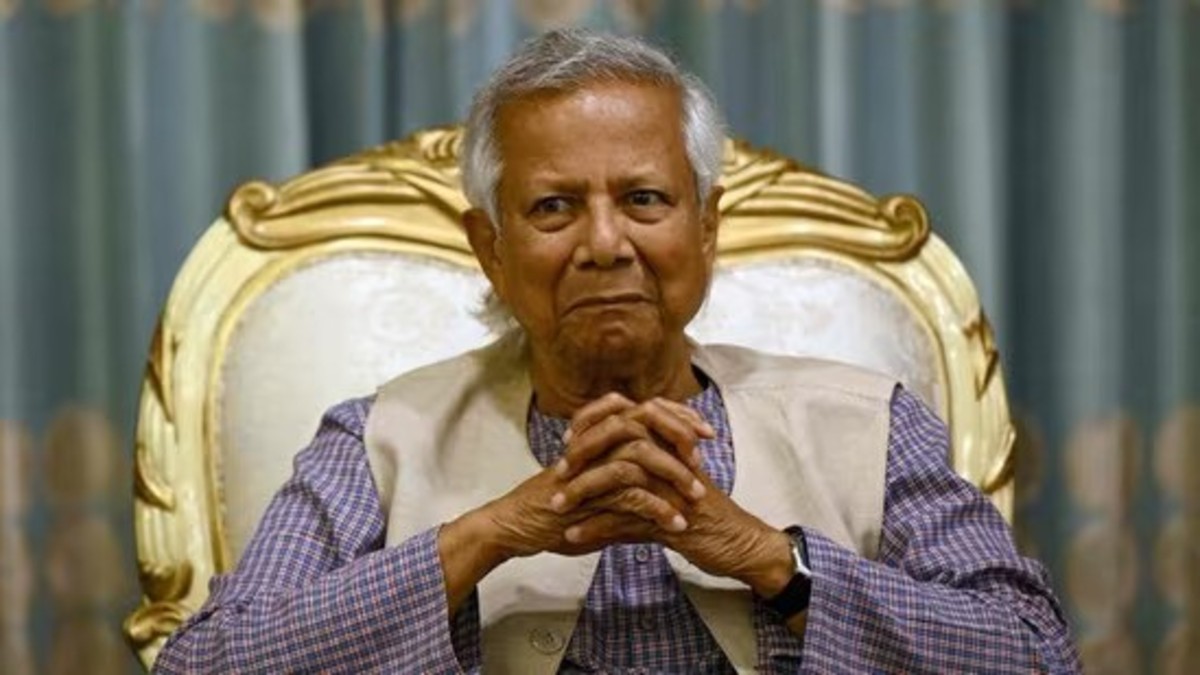)



